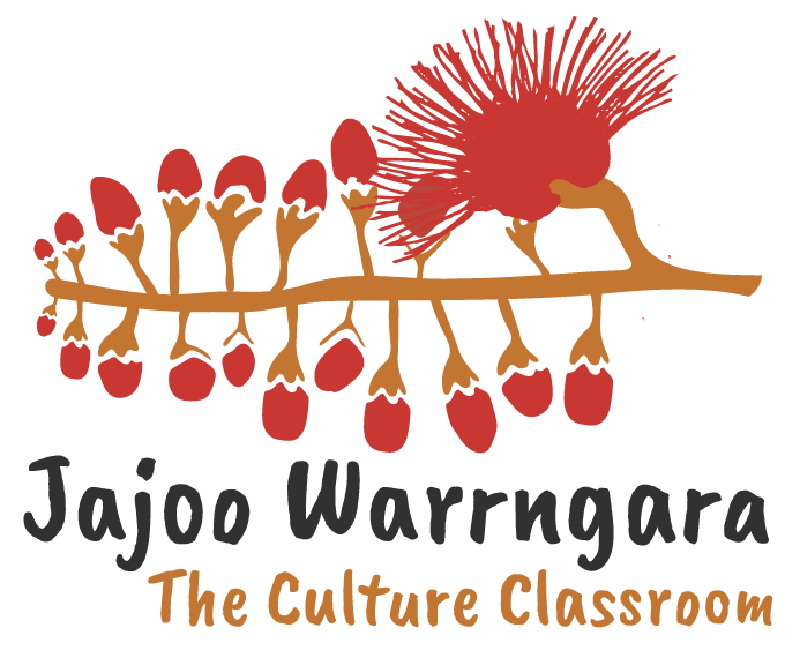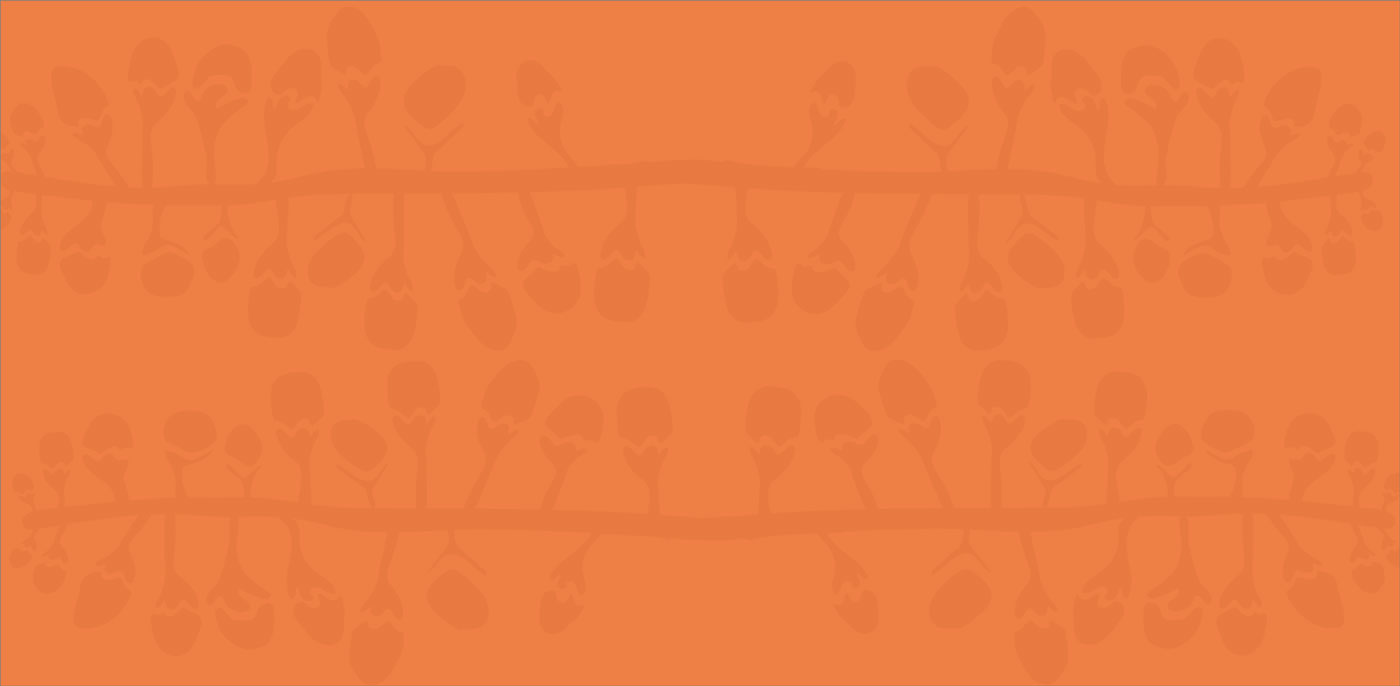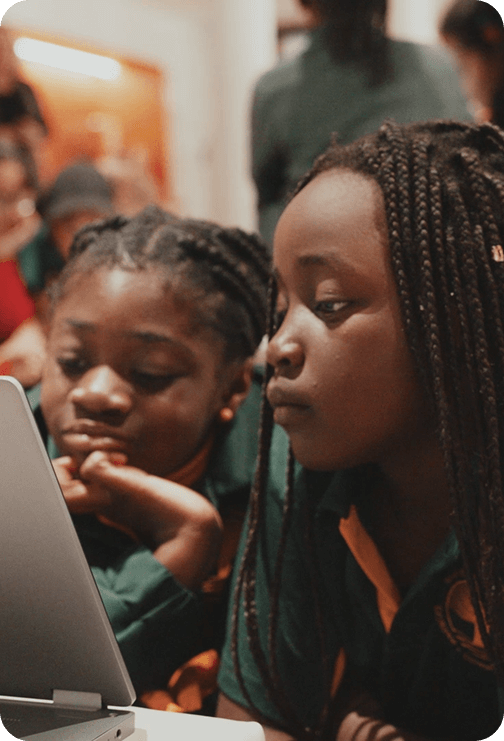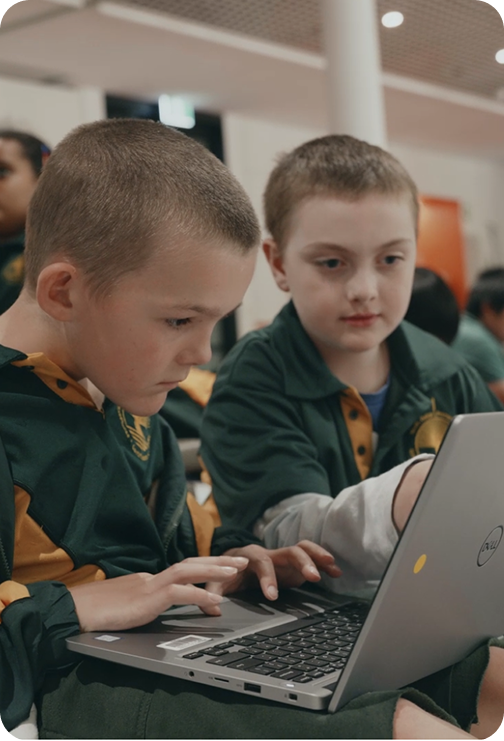Learning Areas
Visual Arts | History
In this unit
Students gain insight into the cultural meaning of tribal markings and possum skin cloak making. They study the evolution of traditional clothing styles and materials into contemporary First Nations' fashion designs that are sought after in mainstream markets.
This unit includes:
Learning Areas
Cross Curriculum Priorities
Aboriginal and Torres Strait Islander Histories and Cultures
Related Units
Unit Content










